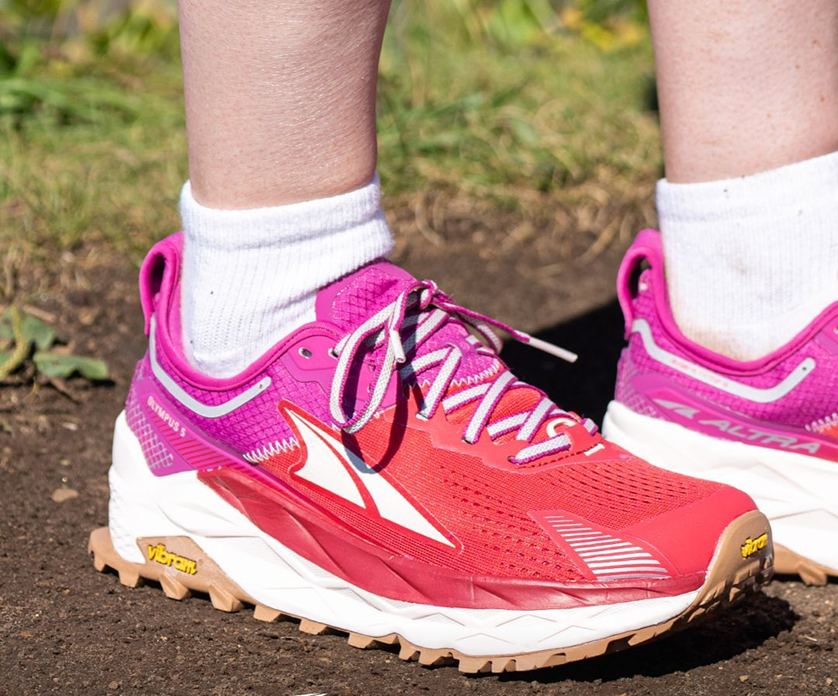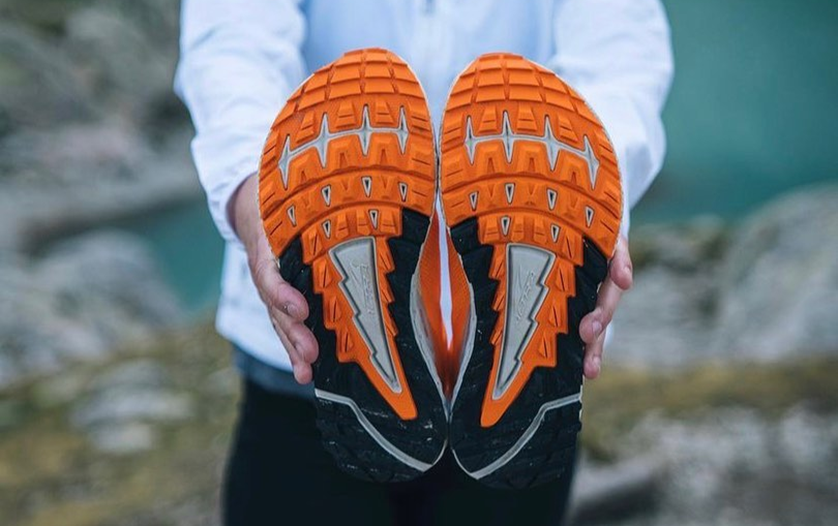Getting ready to hit the trails? Trail running offers a unique experience, immersing you in nature and challenging your physical limits. However, unlike road running, trail running demands specialised gear, with one of the most critical components being your shoes. The women’s trail running shoes are designed to provide stability, traction, and protection on rugged terrain. Whether you’re a seasoned hiker, a trail runner, or simply enjoy outdoor adventures, having the right pair of shoes can make all the difference.
Contents
The Importance of Good Trail Running Shoes
Terrain Adaptability
Your road shoes might be very comfortable, but they are probably too soft for rugged terrains. Trail running shoes are engineered to handle a variety of terrains, including rocky paths, muddy trails, and uneven surfaces. The design focuses on providing stability and grip, allowing women to navigate through diverse landscapes with confidence.
Enhanced Traction
Unlike traditional running shoes, high-quality ladies’ trail shoes feature aggressive outsoles with deep lugs. These lugs bite into the ground, providing superior traction on slippery or loose surfaces, minimising the risk of slips and falls. Traction is crucial when navigating slippery or loose surfaces such as mud, gravel, or wet rocks. Trail shoes, equipped with aggressive tread patterns and sticky rubber compounds, offer enhanced grip, allowing you to maintain control and confidence on challenging terrain.
Protection and Durability

The ladies’ trail runners offer superior protection compared to regular sneakers or running shoes. They are designed with durable materials, reinforced toe caps, and rugged outsoles to shield your feet from sharp rocks, roots, debris and other obstacles commonly found on trails. Additionally, durable construction ensures longevity, allowing runners to tackle rugged trails without compromising performance. Quality construction and durable materials ensure that your trail shoes can handle miles of abuse without falling apart.
Stability and Support
The uneven terrain of trails can pose stability challenges, especially on steep inclines or descents. Trail shoes feature specialised designs, including supportive midsoles and grippy outsoles, to provide stability and prevent ankle injuries.
Comfort
Long hours on the trail demand comfortable footwear. Trail shoes are engineered with cushioned midsoles, padded collars, and breathable uppers to ensure comfort during extended hikes or trail runs. Additionally, many models feature moisture-wicking linings to keep your feet dry and blister-free.
Water Resistance
Many trail shoes for women come with water-resistant or waterproof membranes, keeping the feet dry and comfortable when running in wet conditions. This feature is particularly beneficial for traversing streams, puddles, or muddy sections along the trail.
How to Choose Trail Running Shoes for Women?

- Terrain-Specific Design: Consider the terrain you’ll encounter most frequently. Are you tackling rocky mountain trails, muddy forest paths, or sandy desert dunes? Choose ladies’ trail shoes with features tailored to your specific environment, such as rock plates for rocky terrain or aggressive lugs for muddy trails.
- Proper Fit: Fit is paramount in trail running shoes. Ensure there’s ample room in the toe box to prevent blisters and black toenails. Opt for a snug but not constricting fit in the midfoot and heel to prevent slippage.
- Cushioning and Protection: Evaluate the amount of cushioning based on personal preference and trail conditions. Look for adequate cushioning to absorb impact without sacrificing trail feel. Additionally, prioritise shoes with protective features like toe guards and rock plates for added security.
- Traction: Assess the outsole’s grip by examining the lug pattern and rubber compound. Choose shoes with multidirectional lugs and sticky rubber for optimal traction on varied terrain.
- Weight: Balance between weight and breathability based on your preferences and performance needs. Lightweight shoes offer agility and speed on the trail, while more substantial shoes provide added protection and stability.
- Breathability: Opt for shoes with breathable uppers to enhance airflow and prevent overheating, especially during long runs or in hot weather conditions.
- Stability Features: Evaluate the level of support and stability provided by the shoes. Look for features like reinforced heels, torsional rigidity, and ankle support for added stability, especially if you have weak ankles or are prone to rolling them.
- Water Resistance: If you frequently encounter wet conditions, prioritise shoes with water-resistant or waterproof membranes to keep your feet dry and comfortable throughout the run.
- Try Before You Buy: Test the shoes on various surfaces and inclines to assess their performance and comfort. Pay attention to any hot spots, pressure points, or discomfort during the trial period, as these issues may worsen over time.
- Consider Specific Features: Depending on your preferences and requirements, consider additional features such as waterproof membranes, gaiter attachments, or quick-lacing systems for added convenience and functionality.
Takeaway
Trail shoes are indispensable companions for women seeking to conquer rugged terrain in both comfort and style. Choose shoes that provide superior protection, stability, traction, and durability. Good shoes in addition to other trail running equipment, empower outdoor enthusiasts to push their limits and explore nature’s wonders with confidence. With the right pair every woman can embark on unforgettable adventures while staying safe, comfortable, and stylish on the trail.











